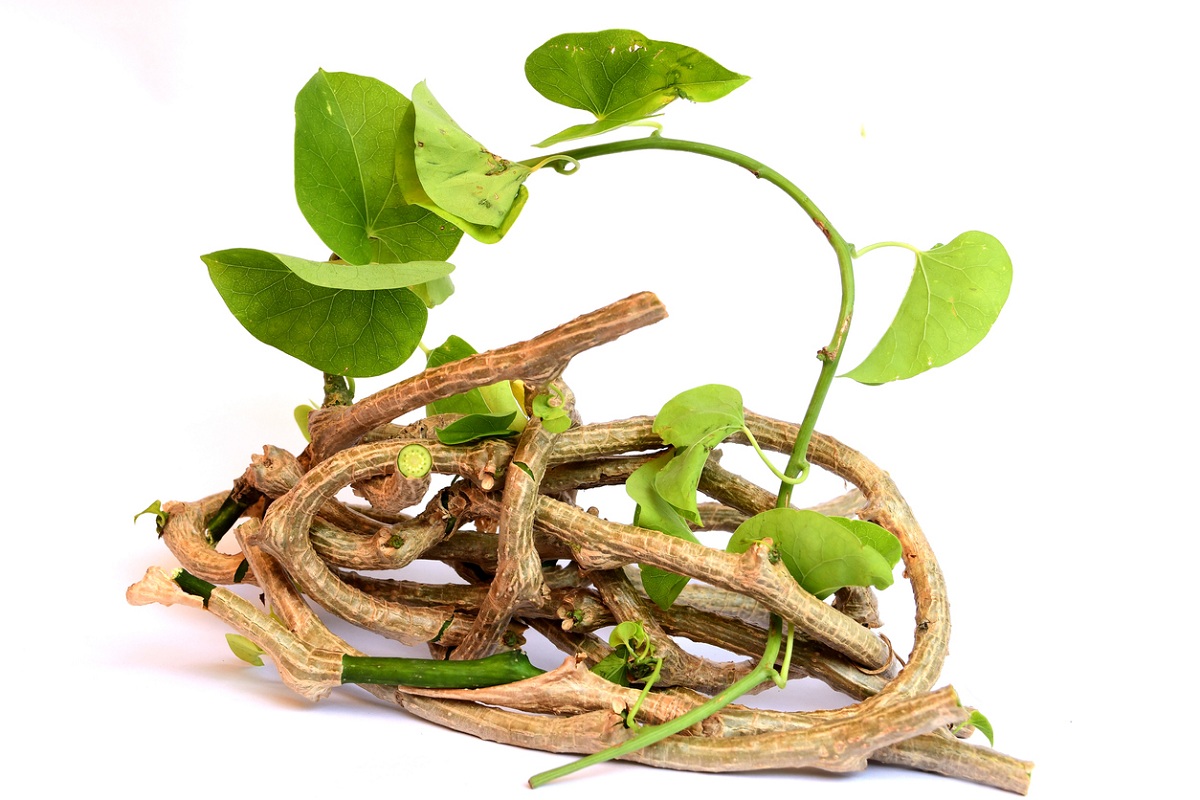Nearly 150 nations to celebrate Ayurveda Day on Oct 29
This year more than 150 countries across the globe have geared up for Ayurveda Day that is being celebrated around the theme “Ayurveda Innovations for Global Health”.
The Ministry warned people to use the right ‘Giloy’ herbs ‘under supervision and consultation of a registered Ayush physician only’ to avoid any adverse reaction.

Giloy benefits(Image Source: iStock)
The Ministry of Ayush on Tuesday warned all those who are using medicinal plant Giloy as natural herbs, asked them to use it cautiously and avoid ‘Giloy like looking plants’ that could have harmful effects on health.
The Ministry had come out with a warning following reports that people might be using the ‘wrong plant of Giloy’ as a preventive natural herb for Covid-19. In its advisory, the Ministry raised the safety concerns for using the ‘right species’ of Giloy as preventive natural herbs.
The Ministry said the scientific name of Giloy, also known as Guduchi, is Tinospora Cordifolia. It has been used in therapeutics for a long time in AYUSH systems. But unfortunately, a Giloy looking plant of the Tinospora family (Tinospora Crispa) is sometimes mistaken as Giloy.
Advertisement
It has been observed that different species of the Tinospora family are available but only Tinospora cordifolia should be used in therapeutics. While there are a good number of studies published in peer-reviewed indexed Journals to substantiate the safety and efficacy of Guduchi (Tinospora cordifolia), similar-looking species like Tinospora crispa could manifest adverse effects.
The hepatoprotective properties of Giloy are well established and have been known for their immense therapeutic applications. “However it is advisable to use it in consultation with a qualified, registered Ayush physician to avoid the use of harmful Trinopora Crispa instead of Tinospora Cordifolia,” the Ministry said.
The Ministry said the stem of Giloy is green in colour with no milky secretion. Its leaves are heart-shaped with a groovy notch at the base. It has six petals in number and its fruit are red in colour.
On the contrary, the stem of Tinospora crispa is greenish-grey in colour having milky secretion, heart-shaped leaves with no groovy notch at the base, and its petals are three in number. Its drupes (a bunch of fruits) are ellipsoid or rugby ball-shaped like orange in colour, the Ministry clarified.
Advertisement